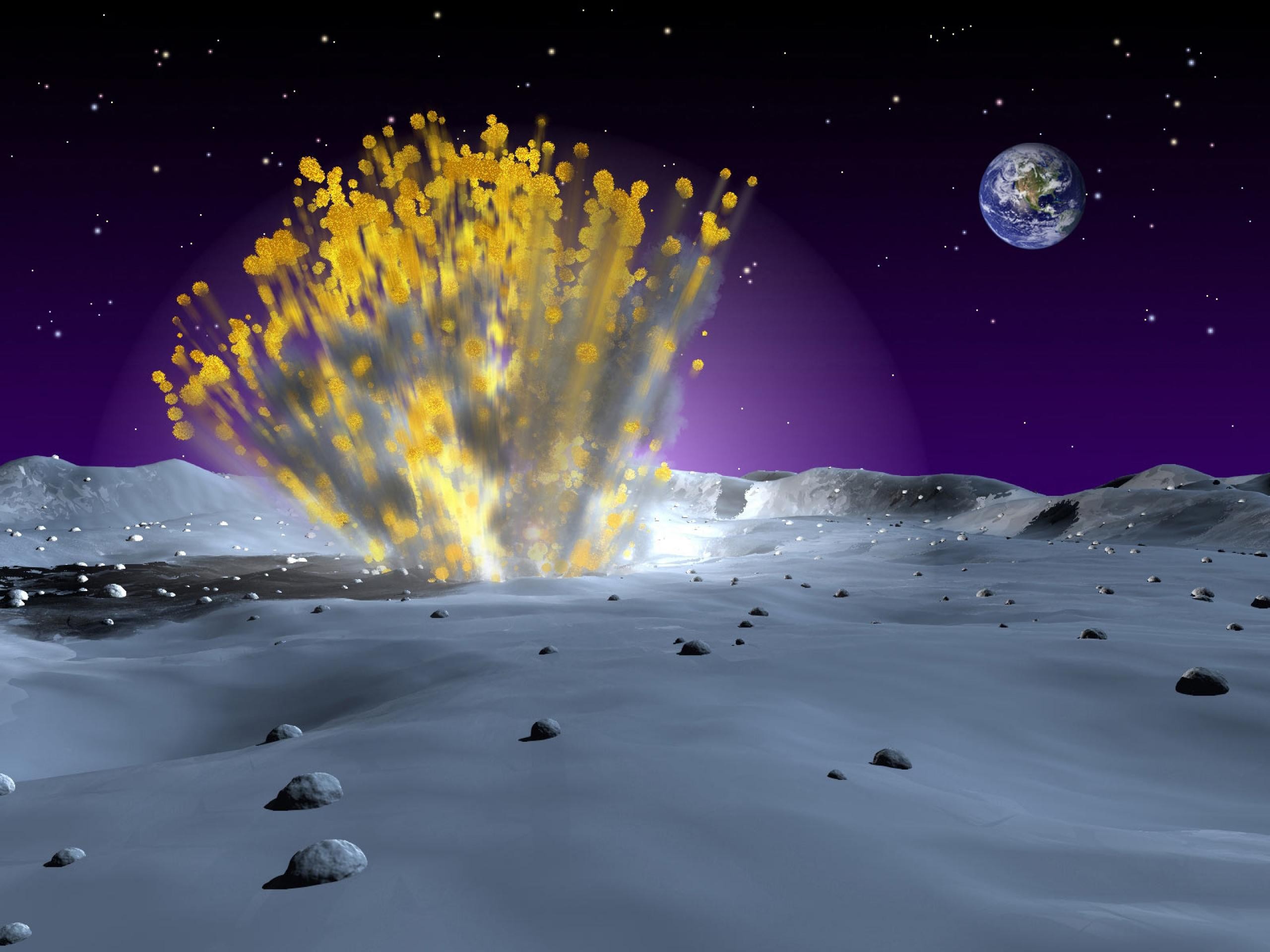
At the end of September, scientists from NASA, using data from the Hubble Space Telescope announced that they had discovered water vapour plumes on Jupiter’s moon, Europa. The plumes extend more than 100 miles into space. The discovery was announced in a hastily arranged press conference amidst excitable rumours that NASA had discovered aliens. No aliens were forthcoming, but the discovery is certainly is good news for planetary scientists looking for extraterrestrial life.



